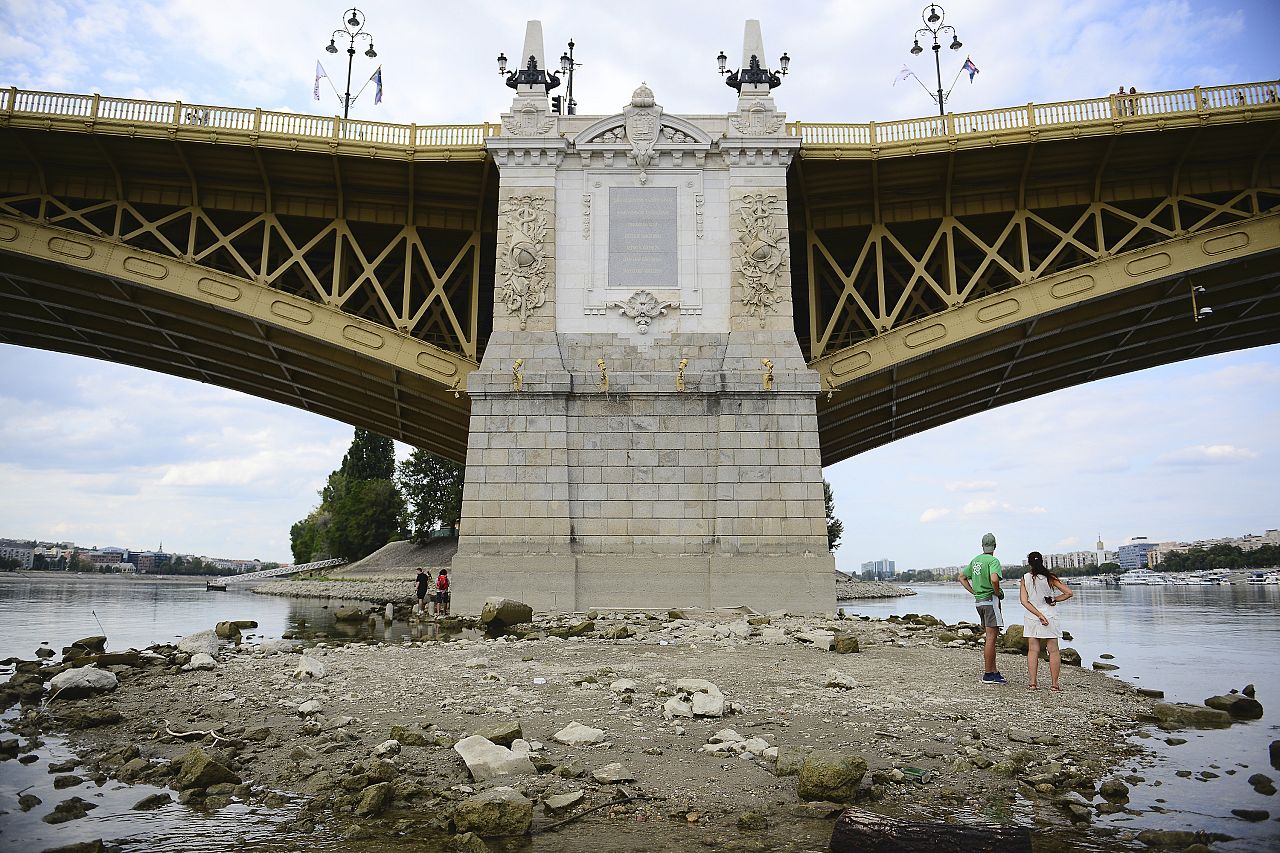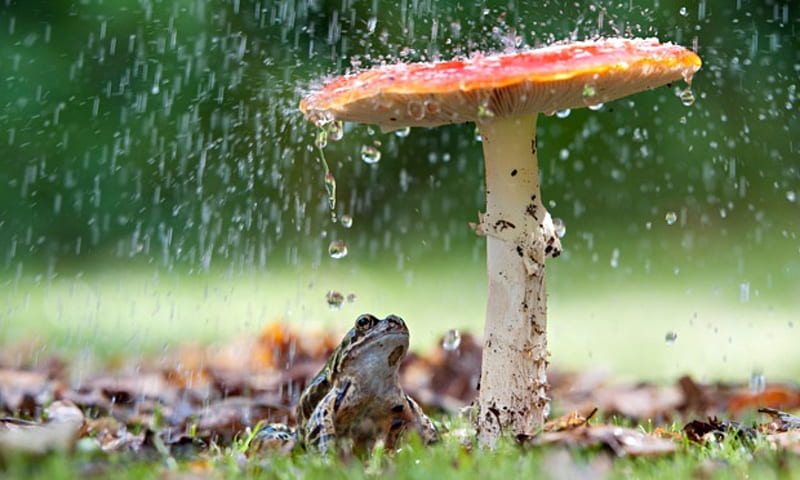The Drying Danube – Europe’s Lifeline Under Threat: Stand on the banks of the Danube in late summer and you might notice something unsettling. Where water once ran deep and fast, sandbars now emerge like small islands. Barges sit idle in the shallows, their hulls scraping mud. Fishermen shake their heads, saying the river no longer flows like it used to. For much of Europe, the Danube is more than a river — it’s an artery of history, culture, and commerce. And it’s drying.
A River That Built Civilizations
The Danube winds its way through 10 countries, from the Black Forest in Germany to the Black Sea in Romania and Ukraine, making it Europe’s second-longest river. It has carried Roman legions, medieval traders, and modern shipping vessels. Cities like Vienna, Budapest, and Belgrade have grown along its banks, nourished by its waters.
But the Danube is more than just a scenic backdrop. It supplies drinking water to millions, irrigates vast farmland, and supports wetlands rich in wildlife. For centuries, it has been Europe’s dependable lifeline — until now.
The Shrinking Flow
In recent years, long, scorching summers and erratic rainfall have taken their toll. Prolonged droughts, linked to climate change, have lowered water levels to historic lows. In 2022, parts of the Danube were so shallow that cargo ships had to lighten their loads or stop altogether, disrupting trade routes that have existed for generations.
It’s not just a summer problem. Snowmelt from the Alps and Carpathians — once a steady source of flow — is becoming less predictable as winters warm. Without consistent replenishment, the Danube is left vulnerable to the heat and evaporation of increasingly hot seasons.
Dams and Diversions
The river’s troubles aren’t only from the sky. Over the past century, the Danube has been reshaped by dozens of dams, locks, and canals. While these projects have brought hydropower, flood control, and navigation improvements, they’ve also altered the river’s natural flow, trapped sediment, and disrupted ecosystems.
In some stretches, the river has lost its wild floodplains — areas that once absorbed excess water and released it slowly during dry spells. Without them, the Danube can swing violently between flood and drought, leaving both nature and human activity exposed.
A Silent Polluter
Adding to the strain is pollution. Agricultural runoff carries fertilizers and pesticides into the river, fueling algae blooms that choke fish and deplete oxygen. Industrial waste, untreated sewage, and microplastics drift downstream, building up in the delta where the Danube meets the Black Sea. The river is not dying in a single dramatic moment — it is being worn down quietly, year after year.
Communities at the Edge
For those who live along its banks, the changes are tangible. Farmers in Hungary and Serbia speak of irrigation pumps running dry. Fishermen in Bulgaria say their catches have dropped sharply. River cruise operators, once confident in the Danube’s steady depths, now face cancellations when water levels become too low for safe passage.
There’s also a cultural cost. Festivals, traditions, and livelihoods tied to the river are under pressure. The Danube has been a shared identity for nations that don’t always agree on much — its decline is a loss for all of them.
The Fight to Save a Giant
Efforts to protect the Danube are underway. The International Commission for the Protection of the Danube River (ICPDR) coordinates cross-border projects aimed at restoring wetlands, improving water quality, and managing water use more sustainably. Some countries are experimenting with rewilding sections of the river, reconnecting it with floodplains and allowing natural flows to return.
But these initiatives face an uphill battle against the accelerating pace of climate change, entrenched industrial practices, and competing national interests. Saving the Danube will require not just local fixes, but a shared vision across borders.
A Warning Written in Water
The Danube’s story is a warning for the rest of Europe — and the world. A river that has sustained civilizations for thousands of years is now vulnerable to the choices we make and the climate we’ve altered. The drying of the Danube is not just an environmental crisis; it’s a reminder that our lifelines are finite, and their survival depends on how quickly we act.
One day soon, standing on its banks, we might tell our children that this was once a river so mighty that emperors feared it, poets praised it, and cities depended on it. Whether that memory is history or reality will depend on the decisions we take now — before the lifeline runs dry.




